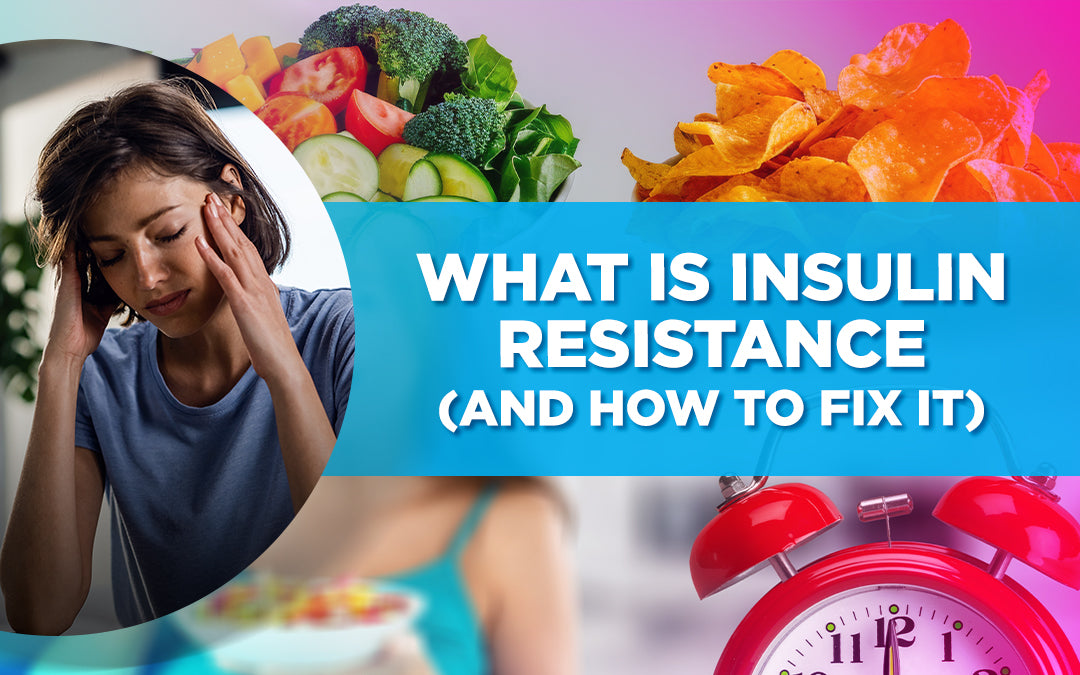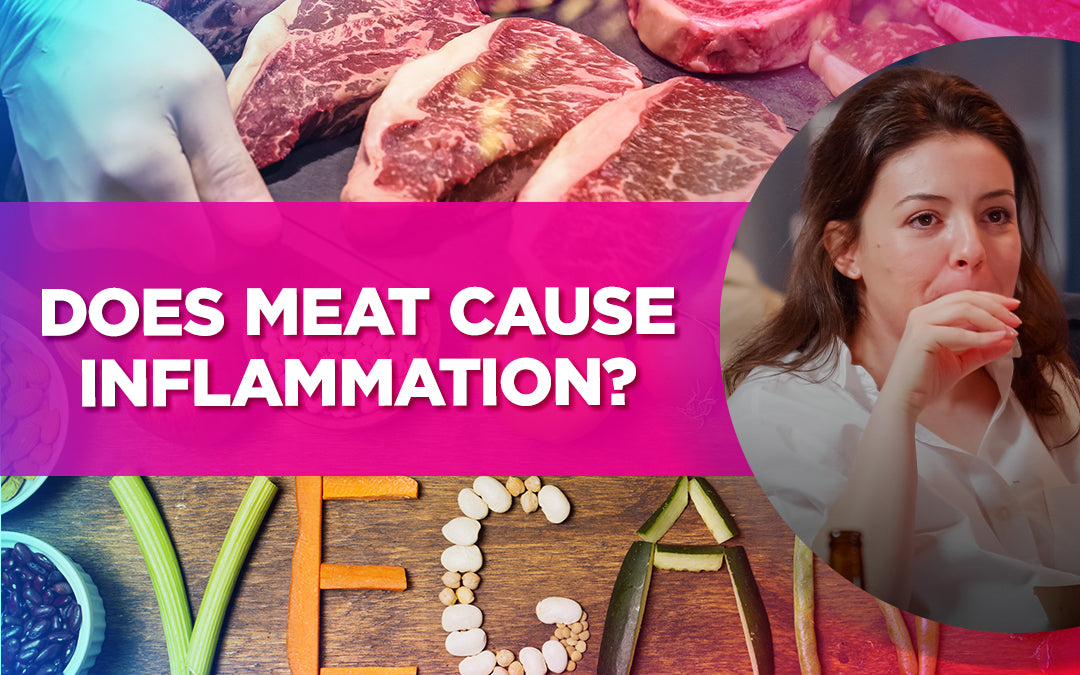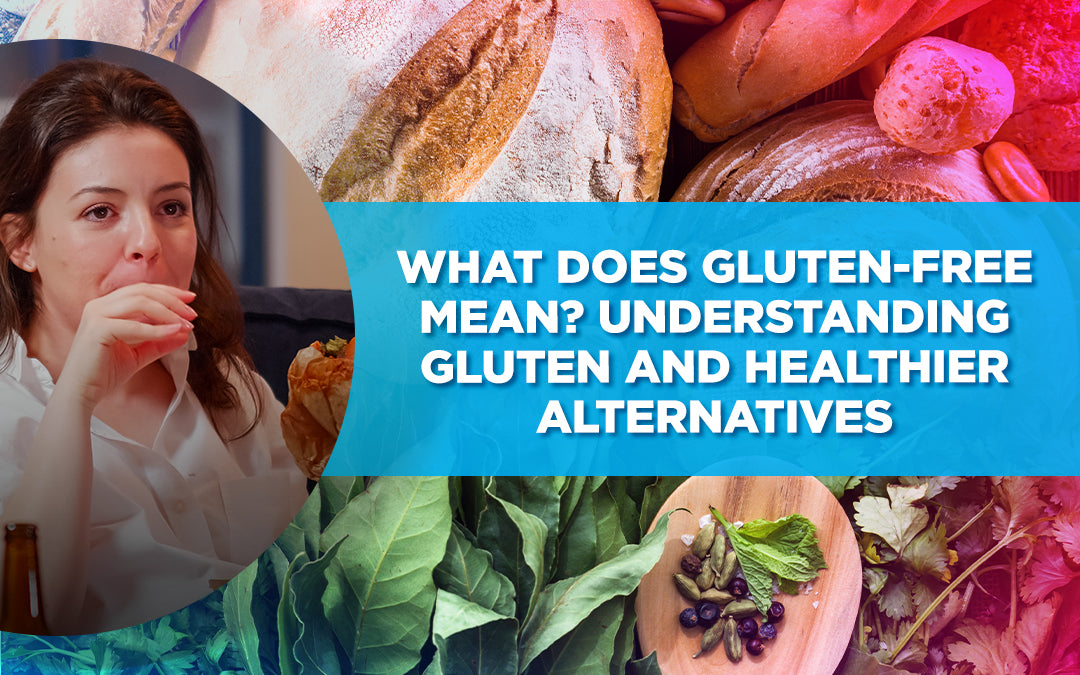What Is Insulin Resistance (And How to Fix It)
Dr. LivingoodShare

Today, let's talk about a topic that's essential for anyone aiming for real health—insulin resistance. What is it, and what can you do about it? You might be surprised to learn that insulin resistance is closely tied to something your brain craves almost as much as oxygen—sugar! It’s so powerful that the brain can become more addicted to it than drugs like cocaine. In fact, the average person consumes about 150 pounds of sugar every year. That’s an alarming amount, and it’s wreaking havoc on our bodies. So, what’s happening behind the scenes? Let's break it down.
What is Insulin?
Insulin is a hormone produced by your pancreas, and it’s like the delivery guy for sugar (glucose) in your body. Picture your cells as tiny factories with little gates on the outside called receptors. Insulin’s job is to open those gates so sugar can enter the cells and be used as energy. Sounds good, right? Well, not if you're constantly bombarding your body with sugar.
Here’s the thing: Every time you consume sugar—whether it's from bread, grains, crackers, fruit, soda, or even oatmeal—your body sends insulin to those gates, ready to drop off the sugar. If you’re eating sugar throughout the day, insulin keeps knocking. At first, your cells are happy to receive the energy. But over time, if sugar keeps pouring in, your cells get overwhelmed. They start saying, “Hey, we’re full! We can’t take any more.” They begin to resist insulin’s knocks, and that’s when insulin resistance starts.
The Danger of Insulin Resistance
When your cells resist insulin, sugar has nowhere to go. It stays in your bloodstream, and that’s when blood sugar levels rise. Over time, this can lead to type 2 diabetes, kidney damage, and other chronic diseases. Your kidneys aren’t built to filter out sugar, so they struggle when there's too much of it in your blood.
What’s worse, this problem doesn’t fix itself. If you keep eating sugar, insulin will keep trying to do its job, even though your cells are no longer cooperating. This constant battle is exhausting for your system, and it leads to some serious health issues down the road.
How to Reverse Insulin Resistance
Now that we understand how insulin resistance happens, let's focus on how to reverse it. The good news is, with the right steps, you can regain control of your health. Here are four effective strategies:
1. Cut the Sugar
This should come as no surprise—step one is to drastically reduce your sugar intake. Cutting sugar might sound tough, but it’s absolutely essential to stop overwhelming your cells. Think of it like trying to get someone off alcohol. You can’t just let them have a few drinks here and there; they need to stop entirely for a while to break the addiction. Your body works the same way when it comes to sugar.
And let’s be clear: It’s not just the obvious sugary treats that need to go. Foods like bread, grains, crackers, and even some fruits break down into sugar in your body. For a while, you’ll need to cut out these hidden sources of sugar too. Stick to berries, Granny Smith apples, and grapefruits, as these fruits are lower in sugar and won’t spike your insulin levels like other fruits.
At first, you might miss the sweetness, but after about 7 to 14 days, your taste buds will change. The soda or sugary snack you used to love will taste overwhelmingly sweet, and that’s a good sign—it means your body is resetting and healing from insulin resistance.
2. Increase Healthy Fats
Once you cut out sugar, it’s time to add in healthy fats. Why? Because your cells need a chance to heal, and healthy fats help repair the damaged receptors that have been rejecting insulin. Foods rich in good fats include nuts, seeds, oils, avocados, and coconut milk. Foods high in natural sources of omega 3. These fats provide long-lasting energy and help your cells become more receptive to insulin again.
Remember, it’s not about starving your body—it's about giving it the right kinds of fuel. By increasing your intake of healthy fats, you’re giving your body the nutrients it needs to heal and function properly.
3. Reduce Toxins
Your insulin receptors don’t just suffer from sugar overload; they’re also damaged by toxins in your environment. Toxins from processed foods, plastics, and even your water can impair how your body handles insulin. You need to address these hidden dangers by eating clean, whole foods and reducing exposure to harmful chemicals.
This step is critical because toxins sabotage your body’s ability to process insulin properly. While cutting out toxins requires a bit more effort, it’s worth it. Clean up your water, reduce plastic use, and make sure the foods you eat are as natural as possible.
4. Try Intermittent Fasting
The most effective strategy for tackling insulin resistance is intermittent fasting. When you give your body a break from constant eating, you give your insulin receptors time to reset. Intermittent fasting is as simple as skipping a meal—preferably breakfast—so your body has more time to burn fat and use up the excess sugar in your system.
Here’s how it works: When you wake up in the morning, your body is already in fat-burning mode. By skipping breakfast and holding off on your first meal until noon, you extend that fat-burning period, giving your body a chance to heal from insulin resistance. You’ll be burning fat, not sugar, and that’s exactly what you want.
Once you eat around noon, stick to a healthy meal that’s low in sugar and high in fats, and stop eating by 6 PM. This creates a natural fasting window, helping your body recover and reducing insulin resistance over time.
The Bottom Line
Insulin resistance doesn’t have to control your life. By cutting sugar, increasing healthy fats, reducing toxins, and incorporating intermittent fasting, you can give your body the break it needs to heal. Each of these steps helps reduce the strain on your insulin receptors, allowing them to function properly again.
If you’re ready to kick your sugar habit, focus on these four strategies. Your body will thank you, and you’ll be well on your way to reversing insulin resistance. For more tips and resources on taking control of your health, check out my free guides on my website. Together, we can all experience real health!
Share
Related Articles
Most Popular
-
The 5 Amazing Benefits of Omega-3s
August 13, 2024 -
Healing Your ‘Second Brain’: The Path to a Healthier Gut
August 13, 2024







